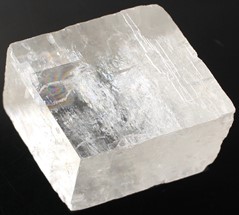 HKU Department of Earth Science
HKU Department of Earth Science
Seminar

Equivalent dose estimation of calcite using isothermal thermoluminescence signals
-
Date
November 23,2021
-
Time
4:00PM - 4:30PM
-
Venue
JL104
-
Speaker
Mr. HUANG Chang (Supervisor: Dr. S.H. Li) Department of Earth Sciences, HKU
Calcites (CaCO3) as natural dosimeters, their thermoluminescence (TL) signals are used to potentially date geological and archaeological events back to several million years. However, several issues, such as spurious TL signals appearing at temperatures above 350 °C, have hindered its application to a wide range of samples. A single-aliquot regenerative-dose (SAR) protocol for calcite with low-temperature measurements is proposed to measure the equivalent dose (De). It uses the isothermal TL (ITL) signals measured at ~230-240 °C, where an De vs. ITL temperature (De-T) plateau can be observed. The signal at the ITL temperature plateau range largely corresponds to the TL signals of the 280 °C TL peak. Several tests (e.g., fading rate and dose recovery tests) were conducted, confirming the suitability of the SAR-ITL protocol for De estimation. The SAR-ITL protocol measured with temperatures below 300 °C suppresses the effects of spurious luminescence signals induced by high-temperature heating. The dose-response curves for ITL signals at 230-235 °C have large characteristic saturation doses (D0) of ~2,000-2,400 Gy. The SAR-ITL protocol has the potential to date geological and archaeological samples with ages spanning the entire Quaternary period.
Additional information: Mr. HUANG Chang, chang92@connect.hku.hk
